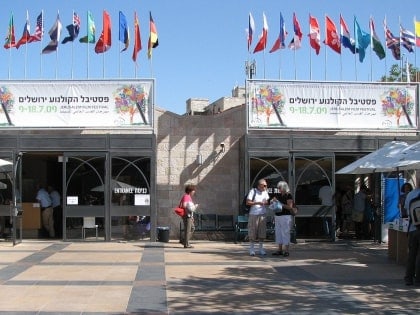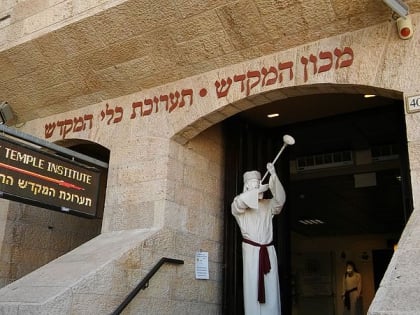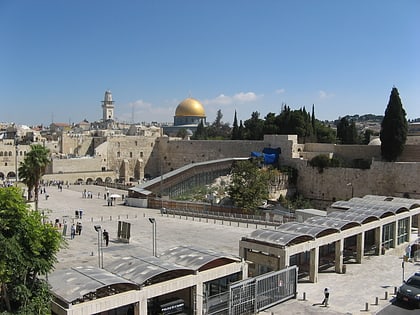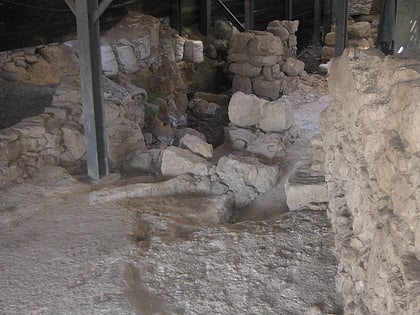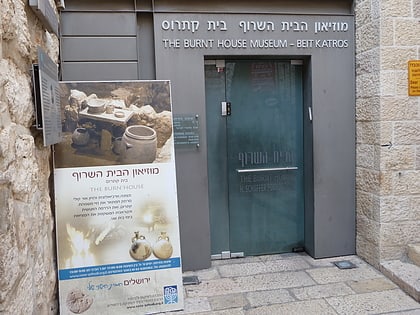Acra, Jerusalem

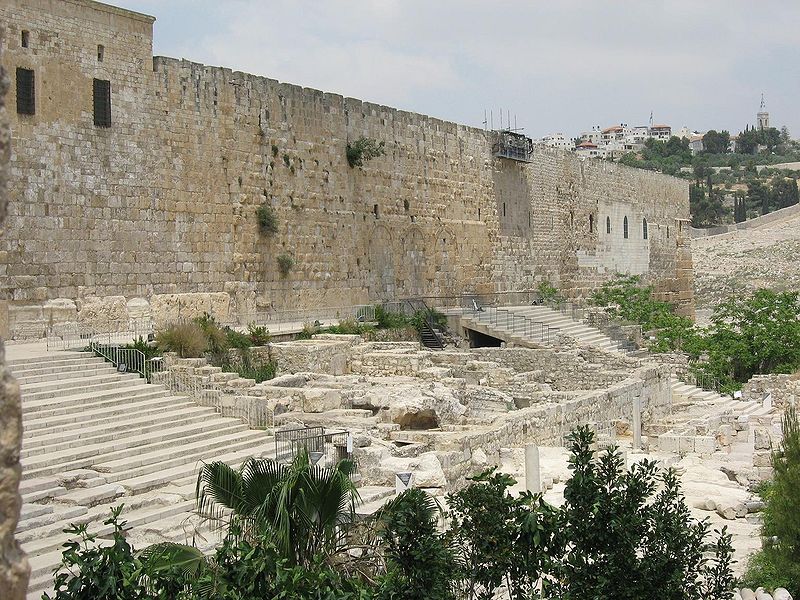
Facts and practical information
The Acra is both the name of a fortified structure and also one of three residential areas in Jerusalem during the late Second Temple period from which it takes its name. This area, also known as the "Lower City", corresponds today with Silwan and the City of David, along with its sister part of "The Upper Market", also known as the "Upper City", and the newer suburb known as Bezetha. Acra is the shortened-form of the Greek loanword akrópoli, adopted in Aramaic usage and having the connotation of "citadel" or "stronghold", a place thought to have once had a fortified compound built by Antiochus Epiphanes, ruler of the Seleucid Empire, following his sack of the city in 168 BCE. The capture of the Lower City played a significant role in the formation of the Hasmonean Kingdom, and in the Maccabean Revolt when the city was captured by Judas Maccabeus and the fortress destroyed by Simon Thassi. In the center of this part of the city lay the Pool of Siloam. ()
עיר דוד (yr dwd)Jerusalem
Acra – popular in the area (distance from the attraction)
Nearby attractions include: Al-Aqsa Mosque, Menorah, Siebenberg House, Church of Saint Peter in Gallicantu.
Frequently Asked Questions (FAQ)
Which popular attractions are close to Acra?
How to get to Acra by public transport?
Bus
- Hativat Yerushalayim/Yitshak Kariv • Lines: 231 (15 min walk)
- The Cinematheque/Hevron Road • Lines: 231 (16 min walk)







